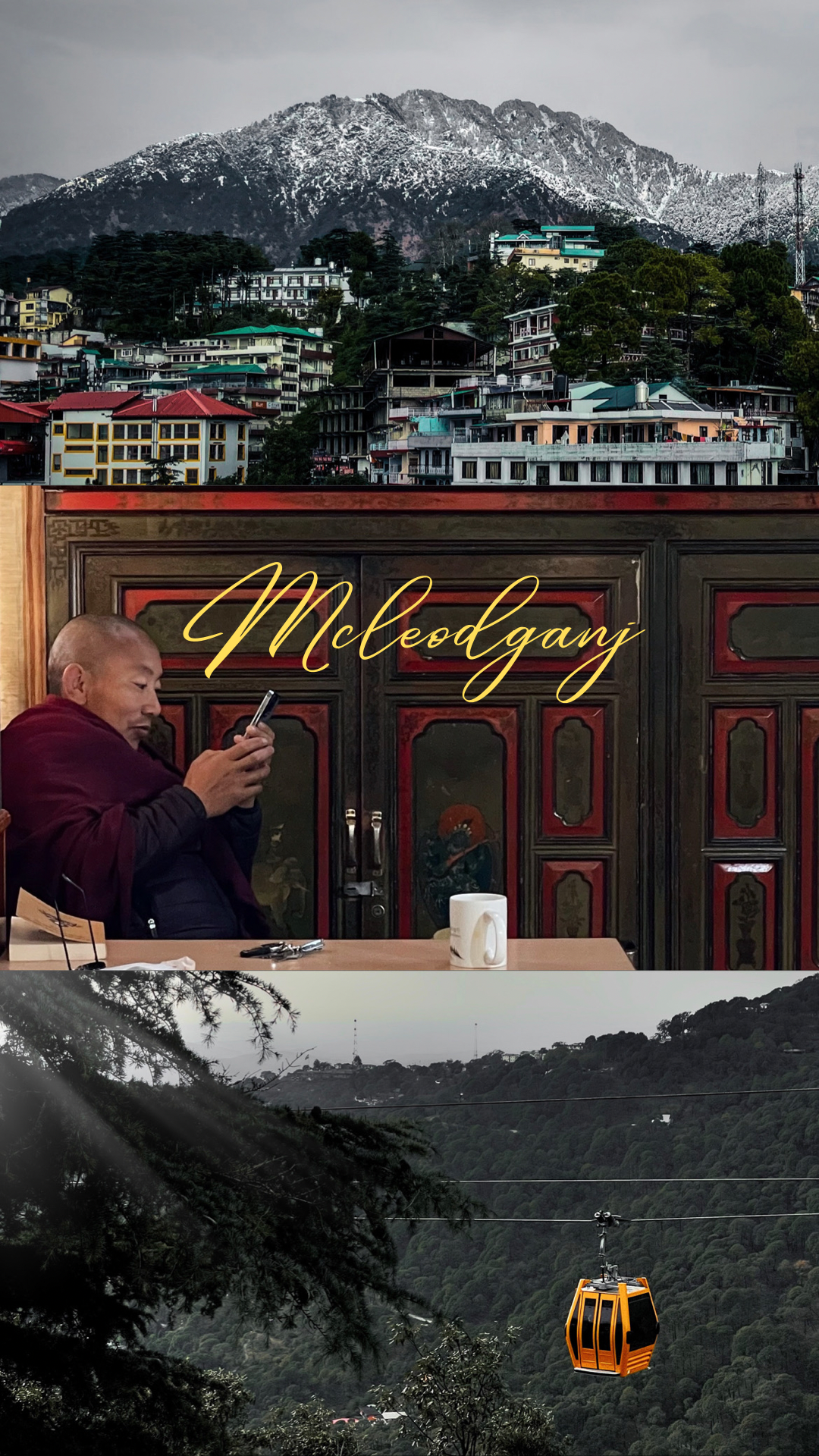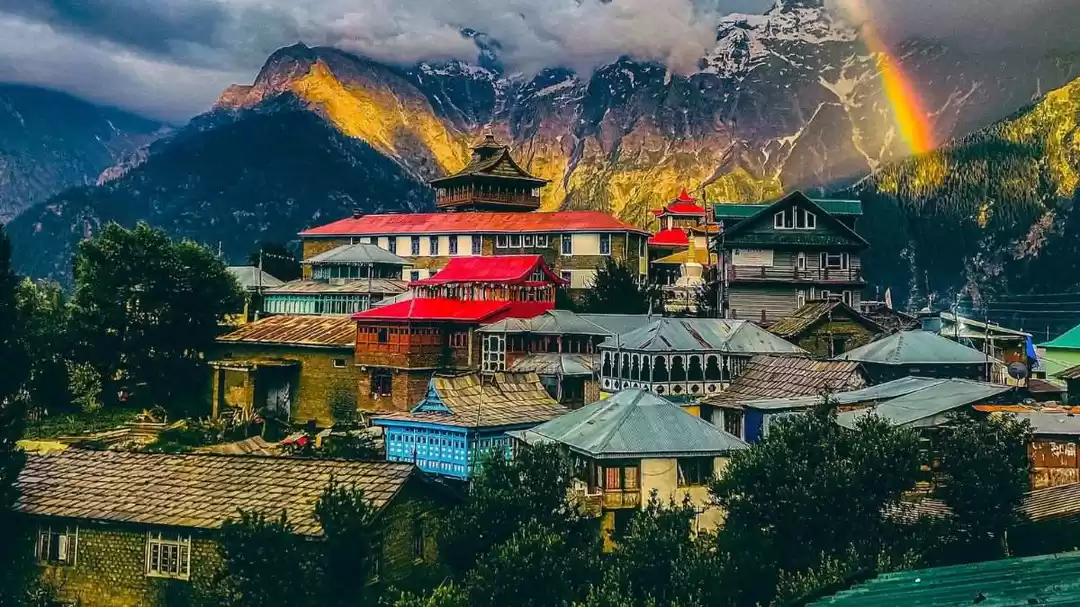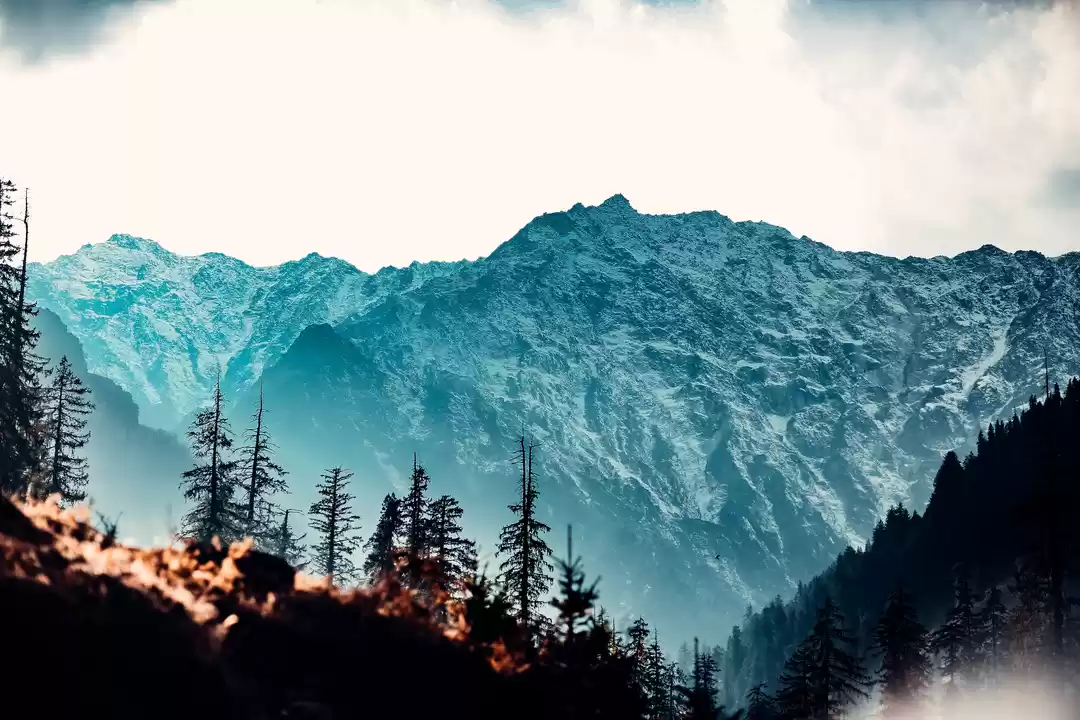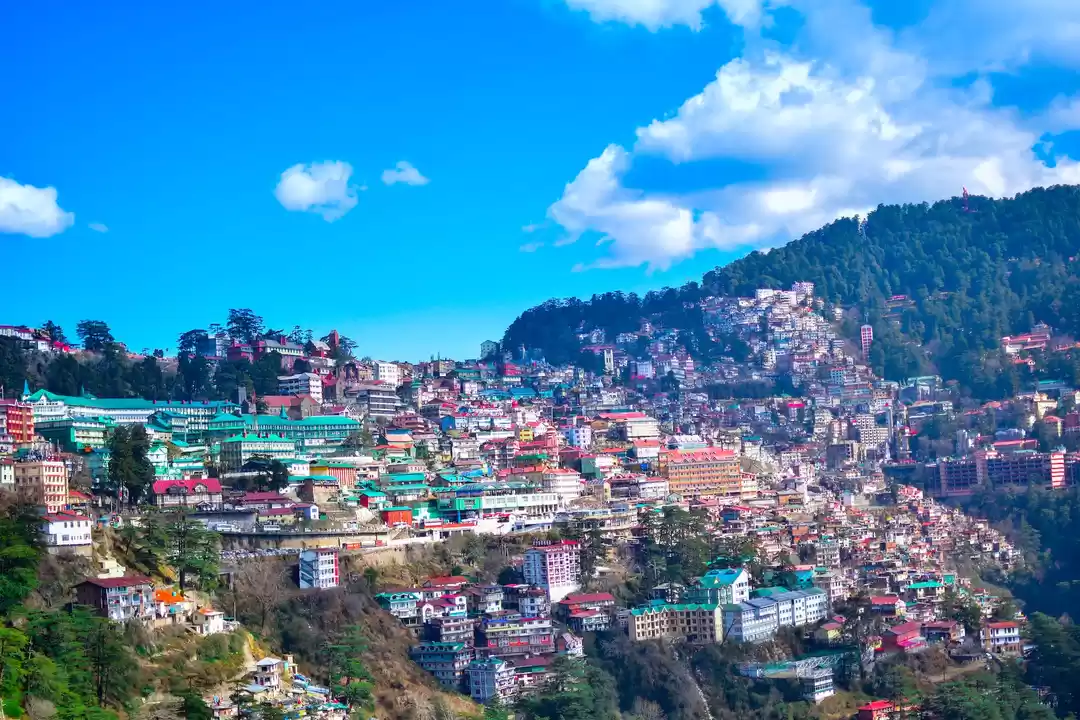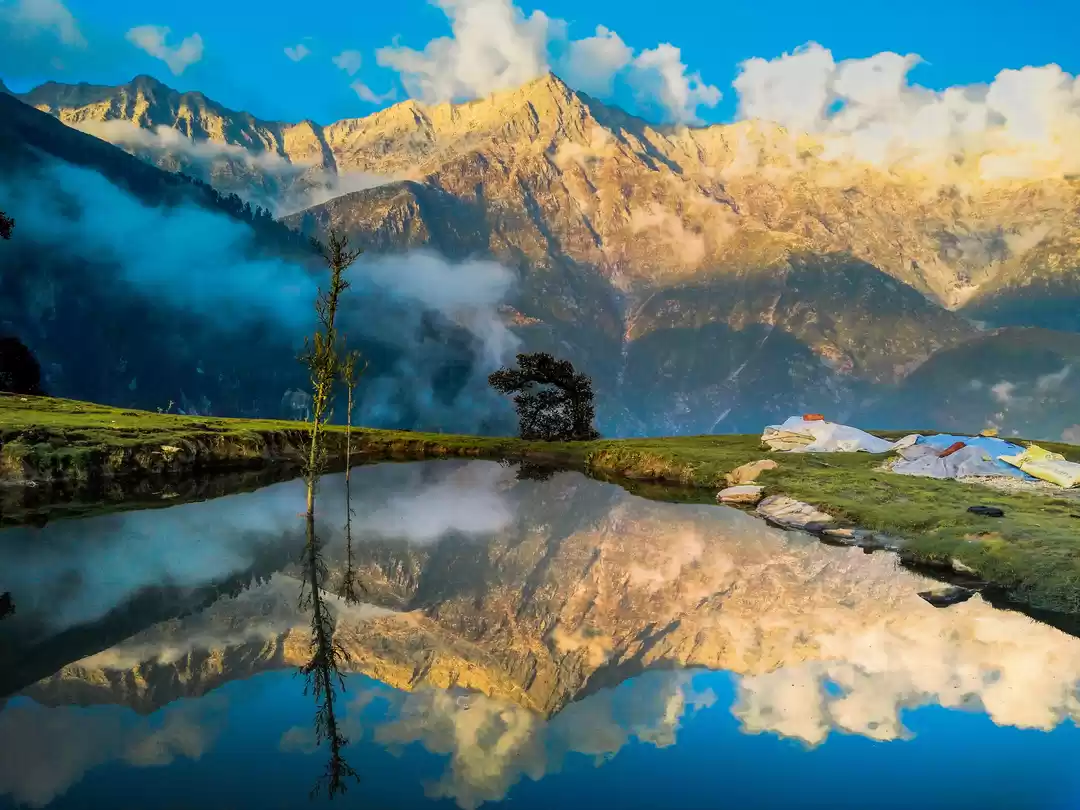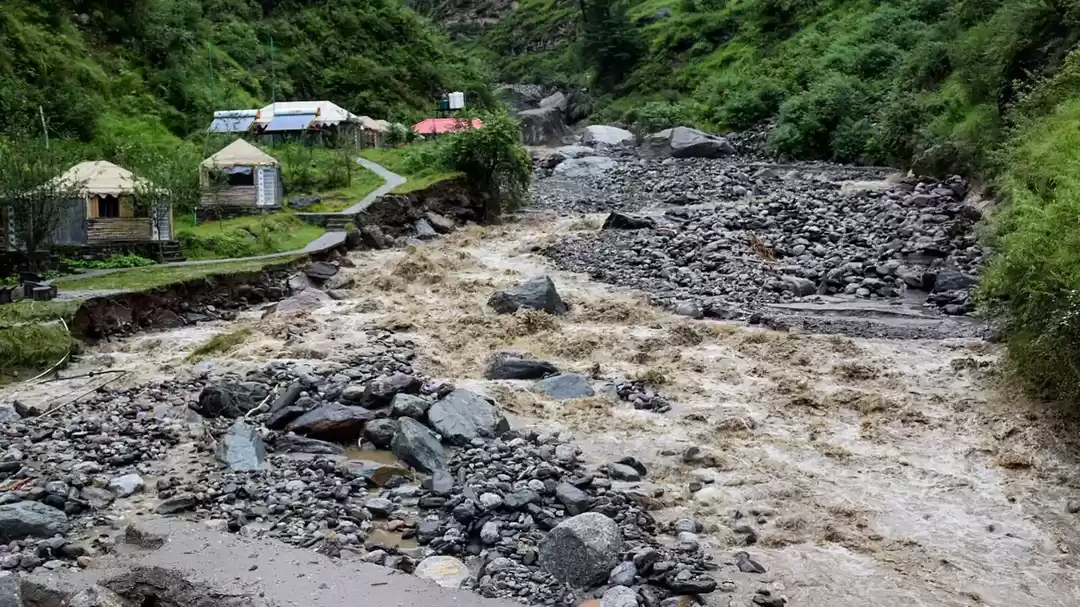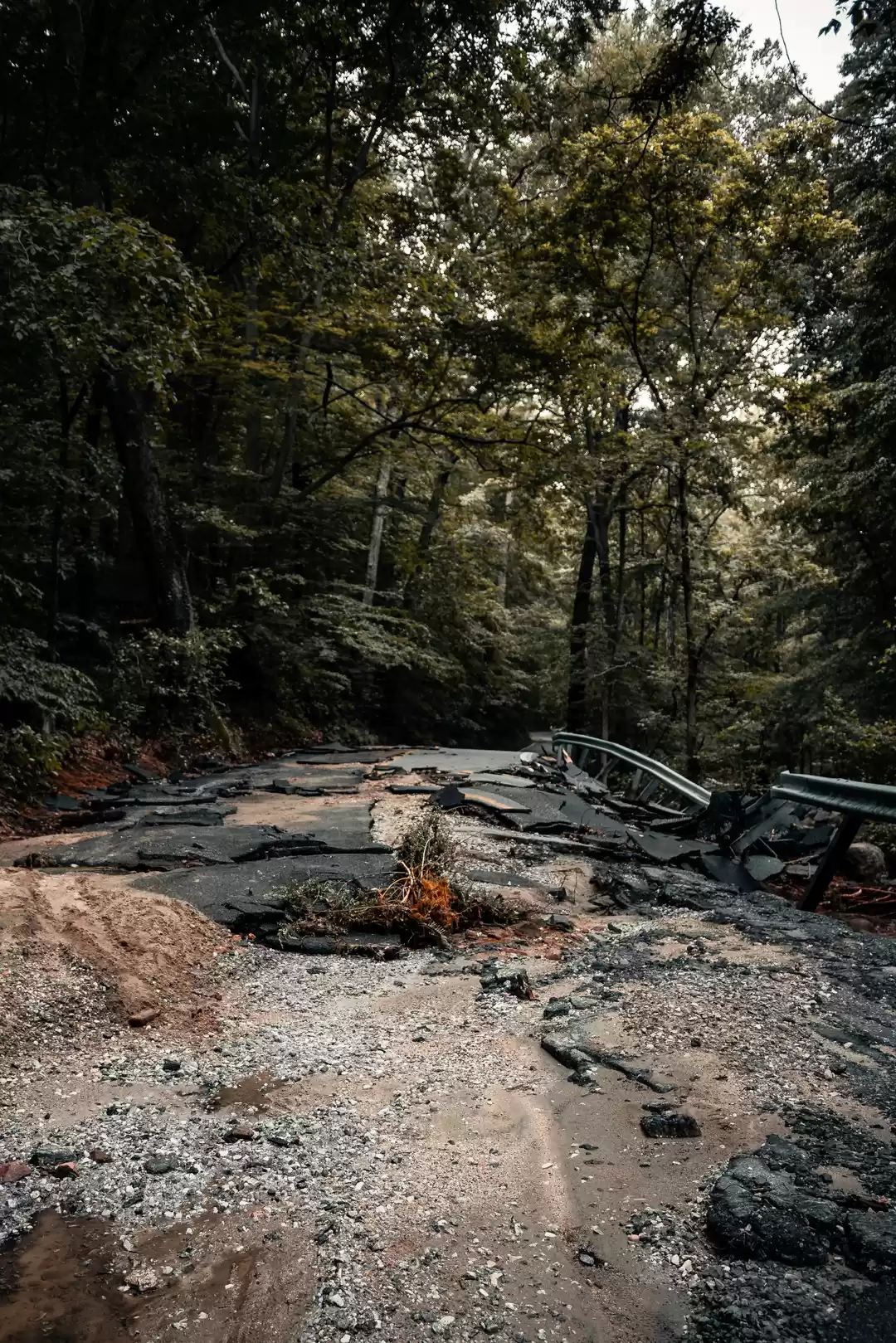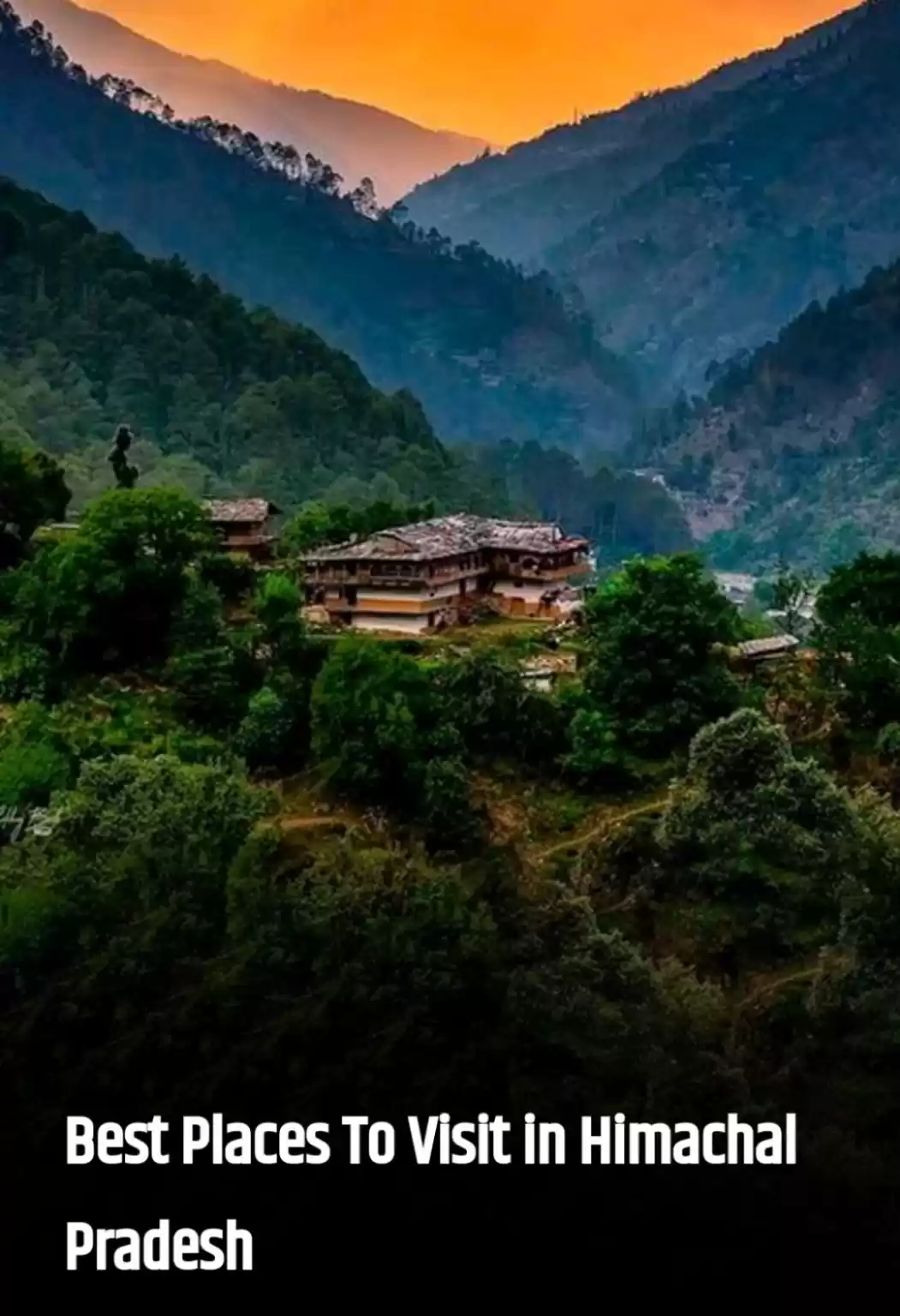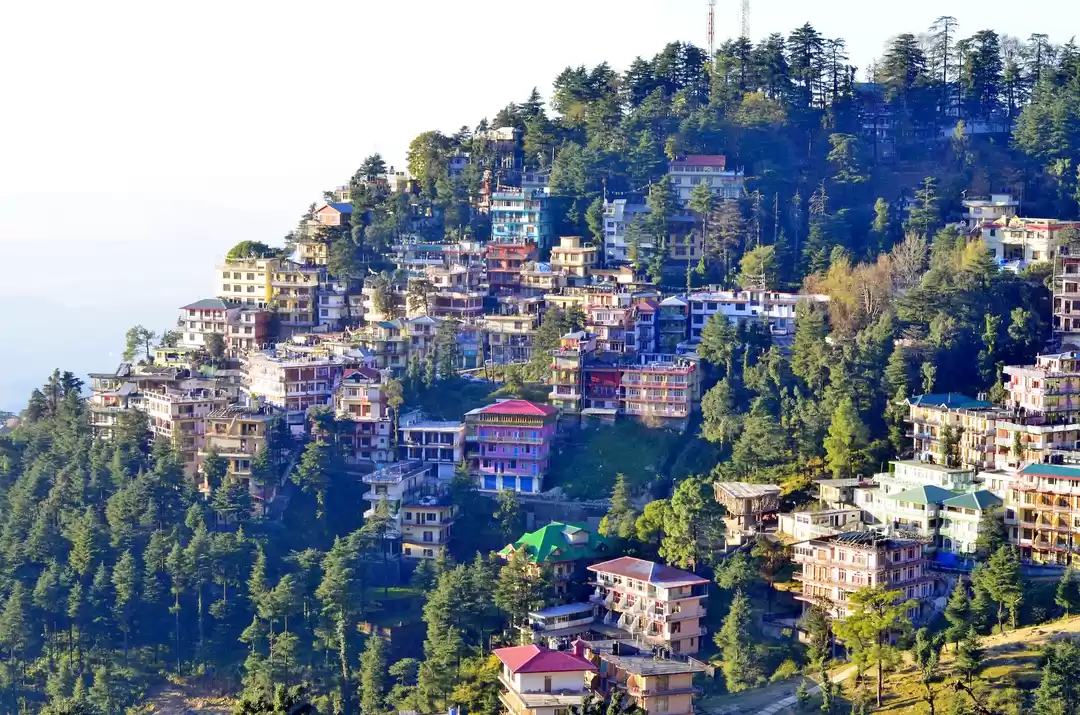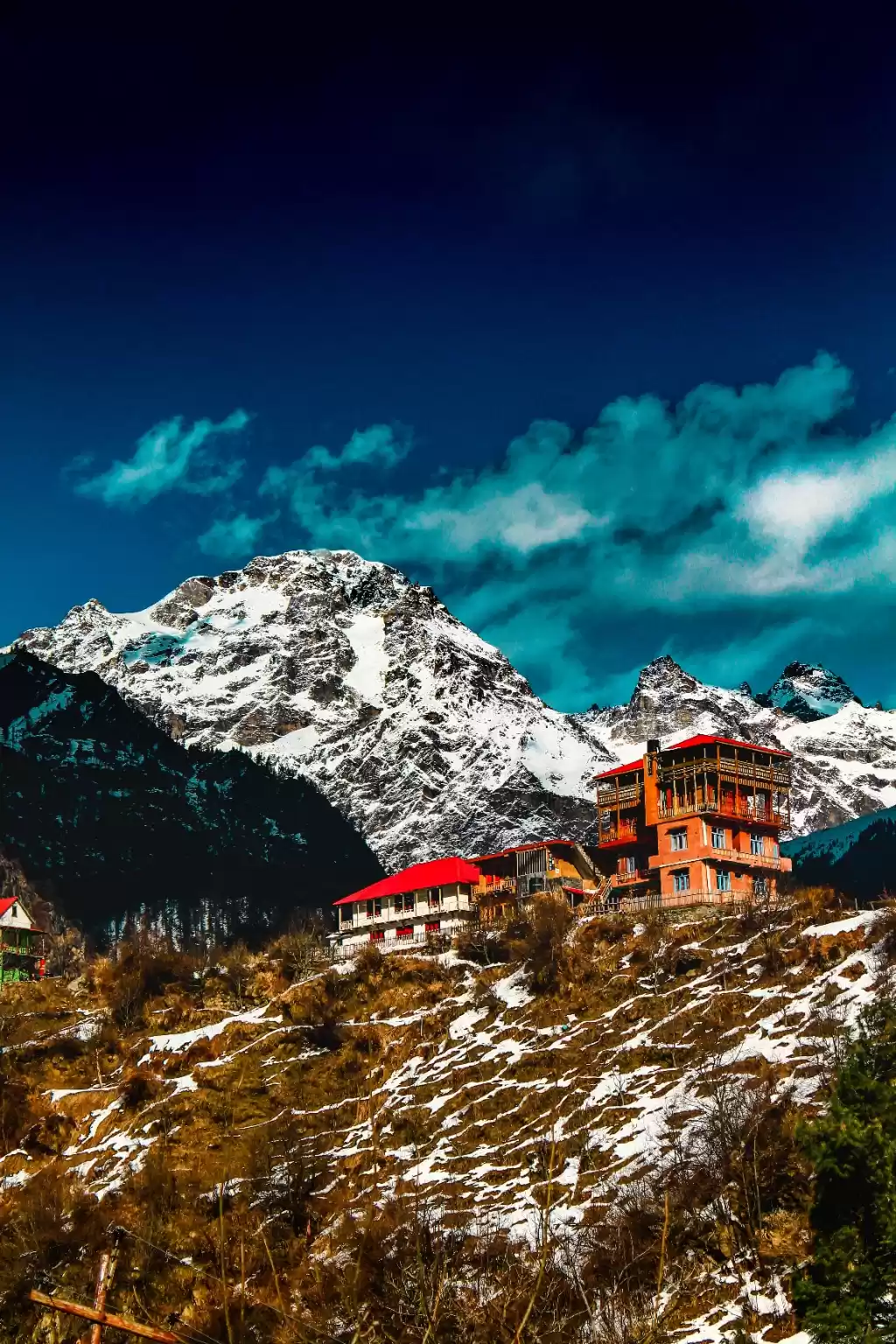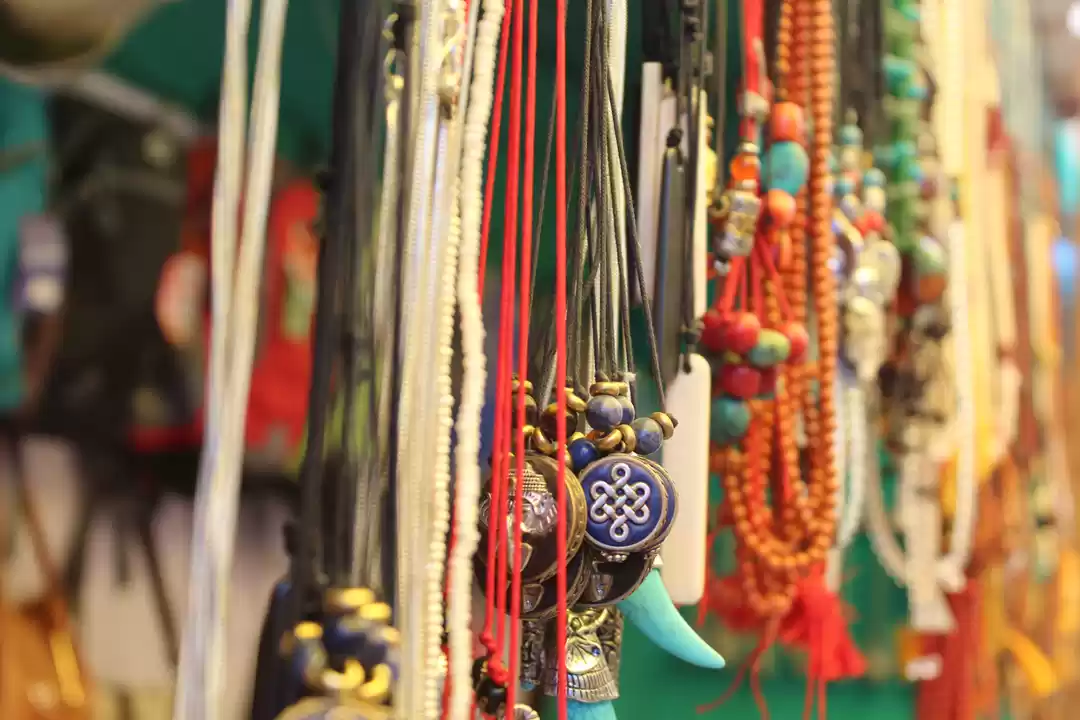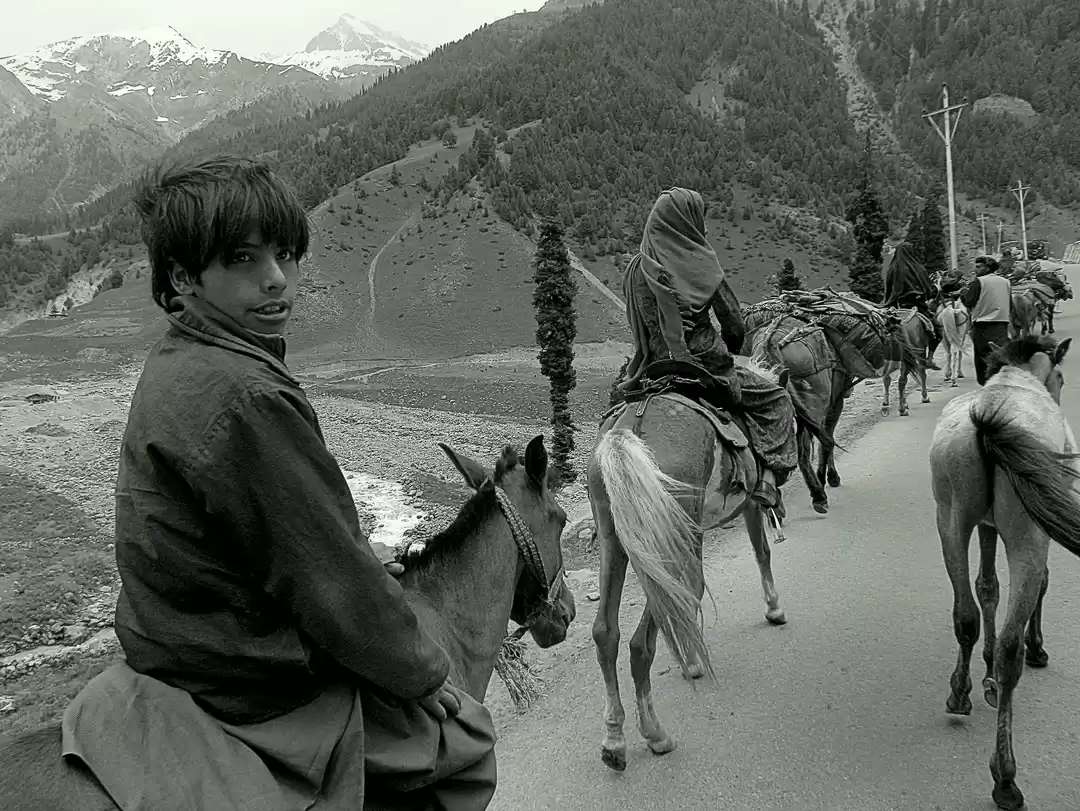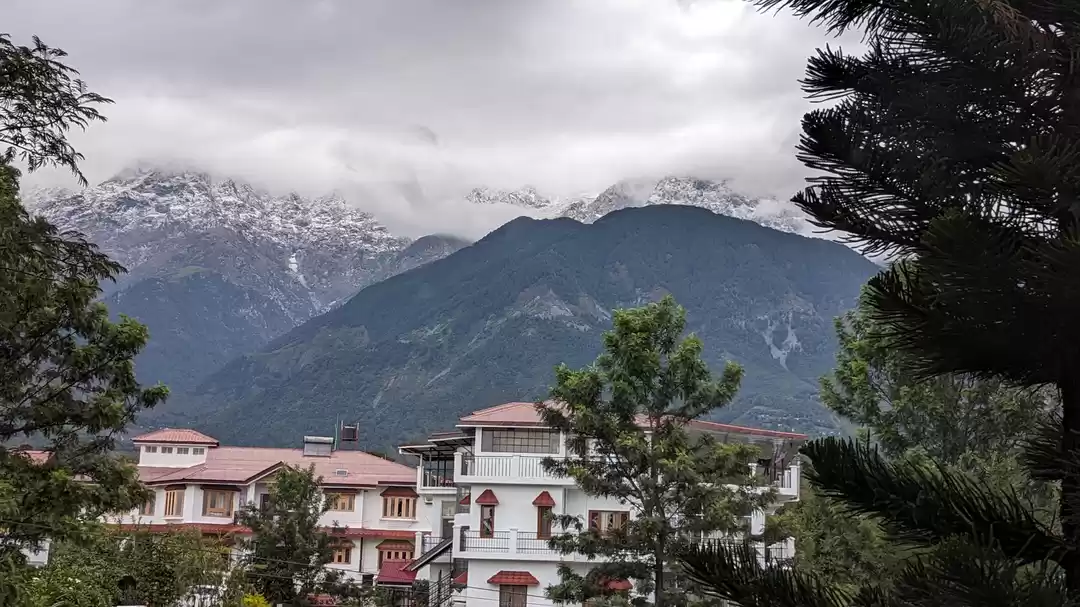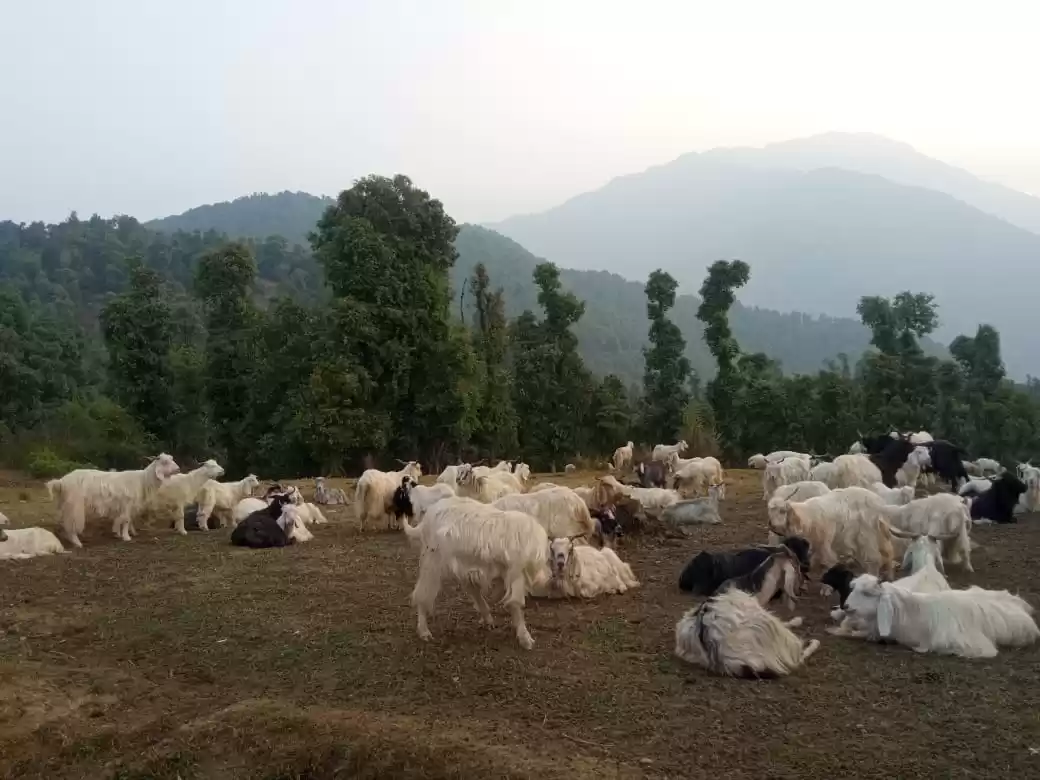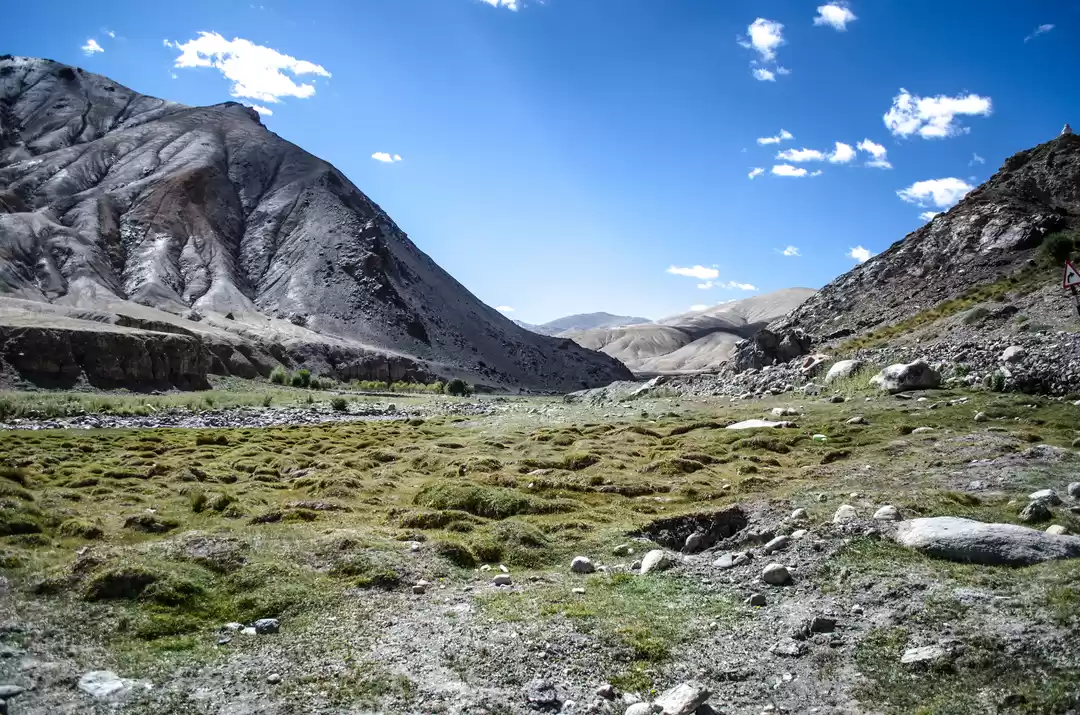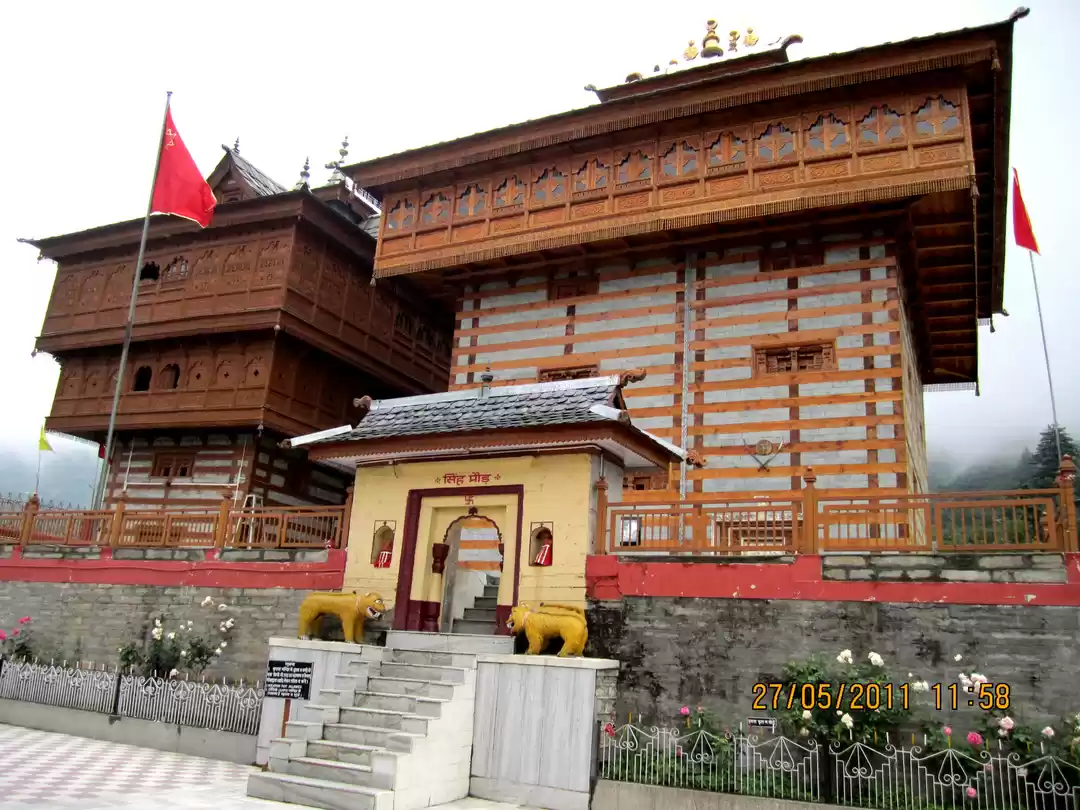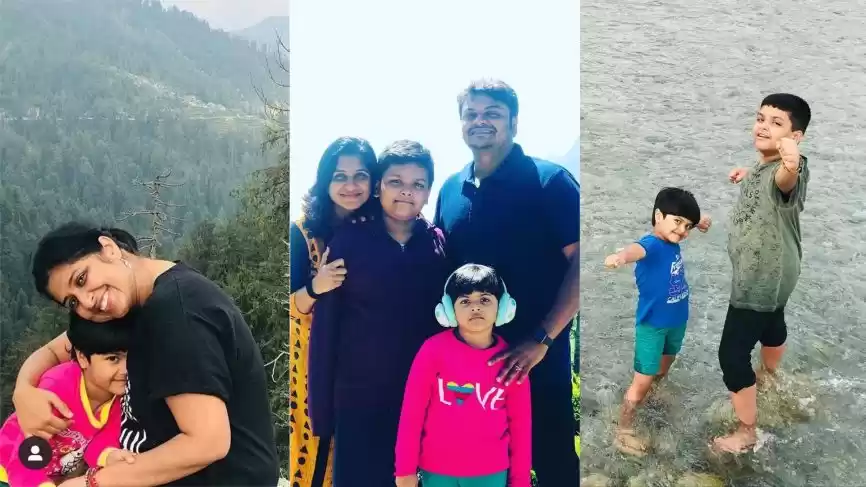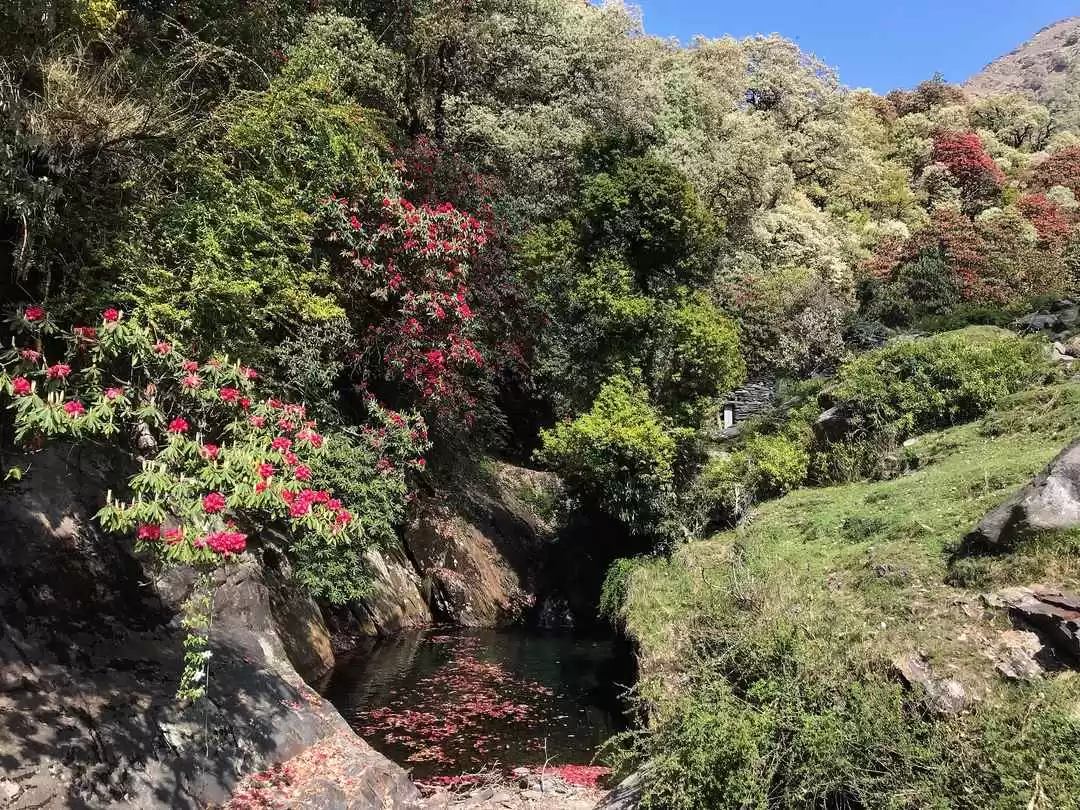With a jolt, the rickety Himachal Road Transport ordinary bus comes to a halt and you are thrown off your slumber. You battle the sun rays falling on your eyelids and try to gauge why the bus driver suddenly hit the brakes, in the middle of nowhere. Much before your eyes findt their sight, you have already heard the cacophony of the sheep, who are surrounding the bus and clumsily making their way past it. You take out your phone to click a picture when you see a man herding the sheep ahead on the road. The bus driver exchanges a few words with him in an incomprehensible language and then drives away, leaving the man and his flock amid the green hills. You wonder about his life for a moment. and then get on with your trip, checking how much longer it would take you to reach Dharamshala.
Who is this man steering so many sheep?
Where is he coming from?
Where is he headed?
If any of these questions have ever crossed your mind, get ready to find all the answers.
The shepherds you often come across in Himachal Pradesh are members of the Gaddi tribe. Triptoto had an interaction with Jagdish Kumar, one such shepherd from the Gaddi tribe, in Palampur, Himachal Pradesh, that brought us closer to the world of Gaddis.
Who are the Gaddis?
Gaddis are pastoralists mainly living in Chamba, Bilaspur and Kangra district of Himachal Pradesh and the Kashmir valley. There is no historical record of their ancestors. But there are many myths and stories about their origin. Some Gaddis say that they are the successors of Alexander's Greek army that had ruled over the region in 3rd Century BC. Their unique European facial features like hooked noses and light skin colour may actually make you believe this too. But there are other theories and stories that differ in opinion. Some say that their ancestors were herders living in Rajasthan, who moved on to the Himalayas during the Mughal rule to escape persecution. The stories may be many, but what remains common is that Gaddis are primarily herders who are known to have large livestock of goats and sheep.
The Gaddi Lifestyle
Jagdish shed light on the whereabouts of the Gaddis. While most of us who know very little about Gaddis, believe that they are perennially nomadic, the truth is that the Gaddis have a cyclic nomadic lifestyle. They live in homes made on higher hills on the Dhauladhar range of mountains where there is enough grass for the sheep.
"Commoners like you have only seen us herding our sheep on roads. Most of you believe that we are nomads but that's not entirely true . We also have permanent homes. Ours is in Bada Bhangal village in Kangra district. Many have it in the upper reaches of Baijnath,” said Jagdish
"The Gaddis rear their sheep which in return provide them sustenance for their survival ie. food and clothing.During winters, as the areas in higher altitudes get heavily snowed, destroying the grasslands, we are left with no choice but to leave our homes with our herd and travel to lower regions in Himachal to find grass/fodder for our sheep," he added.
Jagdish put a light on the whereabouts of the Gaddis. While most of us who know a little about Gaddis, believe that they are perennially nomadic, the truth is that the Gaddis have a cyclic nomadic lifestyle. They live in homes made on higher hills on the Dhauladhar range of mountains where there is enough grass for the sheep. The Gaddis rear their sheep which provide them all they need for their survival – food and clothing. Their life is highly dependent on their sheep. When it snows on the higher elevations in winter, there are no pastures left for the herds. The Gaddis move down to lower elevations to find greener pastures for their herds at this time.
Their way of travelling
"For us, there is no destination. We just leave our places in search of food for our cattle, and to escape the harsh and dry winter up there. We set out on undefined journeys; spend winter in places like Palampur, Dharamshala, Hamirpur where we usually get what we need. In fact, wherever we end up, becomes our destination, our home. That's the aim. Survive the winter and come back home at the arrival of Spring", narrates Jagdish.
What makes their annual migration interesting is that their paths may change as per the weather conditions, and newer pit stops emerge every time they set their foot out.
Managing accommodation on long journeys
The Gaddis share a good relationship with the locals. It’s a classic hill barter. While the shepherds benefit by finding shelter and fodder for their sheep, the locals benefit by finding manure for the soil, and getting their lands clear off of any weeds by the sheep.
"Our stay is not fixed. Locals who have unkempt lands which get covered in grass and outgrowth, allow us to pitch our tents there. Some even help us in getting our accommodations arranged. It’s a win-win situation for both parties",says Jagdish.

The Gaddis share a good relation with the locals. While they benefit by finding shelter , the locals benefit by finding manure for the soil, and getting their lands clear of weed by the sheep.
Keeping up with modernity
The Gaddis are not out of touch with the modern world. But they do cherish their unique lifestyle, the challenges of travelling without fixed destinations and living close to nature. Even though they follow their own ayurvedic treatments, they don’t shy away from visiting hospitals and availing medical facilities.
“My sons are working in Chandigarh, and they are keeping us aware about the world outside. In fact, we know much of what happens out there. But this is our lifestyle, and we like to preserve it." – Jagdish
The cultural and commercial value of the semi-nomadic lifestyle
"The hair of our goats is used to make Pashmina clothes. Pashmina has a lot more commercial value than normal wool. We craft Pashmina fabric and sell them to wholesalers in town. This fetches us good money to carry on with our requirements for a good part of the year. We use sheep wool to make woolens for ourselves, and also for sale." – Jagdish
For years, the Gaddis have carried on the traditional craftsmanship of making Pashmina. Handmade Pashmina has a lot more value in far off places, and provides good money to the Gaddis.

The Gaddis have carried on the traditional craftsmanship of making Pashmina. Handmade Pashmina has a lot more value in far off places, and provides good money to the Gaddis.
"We have seen these annual journeys since childhood. Our parents followed this lifestyle, and we grew up doing the things that we do. Nothing seems unusual to us. But if you ask me to take up a teaching job or working in a government office, most of the Gaddis of my generation would find it difficult to do for long. We are not averse to opening up shops or trading. But our culture is to keep moving. It gives us a freedom. May be it inspires others or confuses them, but we are not doing it for others. This is who we identify as." – Jagdish

For the modern age travellers who may call themselves digital-nomads, the lifestyle of the Gaddis may be something to find inspiration from. But the Gaddis oblivious to what the world of social media thinks about them carry on with their lifestyle, identifying it as their own.
"We have lived as travellers who travel for their livelihood, and for the love of their animals. This is a culture we believe in., Many cultures celebrate settling down as the ultimate goal but we know our own ways, and would like to carry it forward as long as we possibly can." – Jagdish
Now, the next time you travel , do stop for a moment to strike a conversation with the locals. Just like the inspiring tale of Gaddis, who live in the same world as ours but have a slightly different travel story to share, you might find another Jagdish and get an insight into a different way of living and travelling, that, who knows, might change your life
















